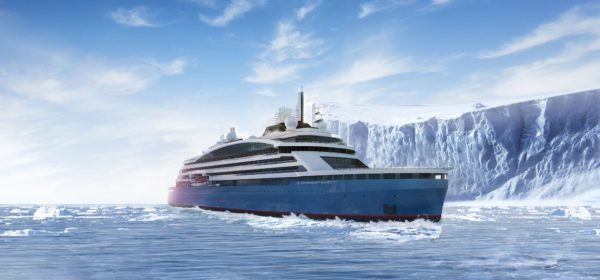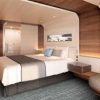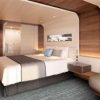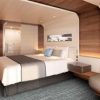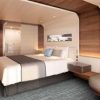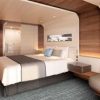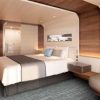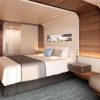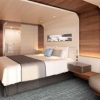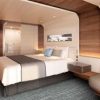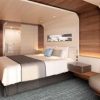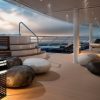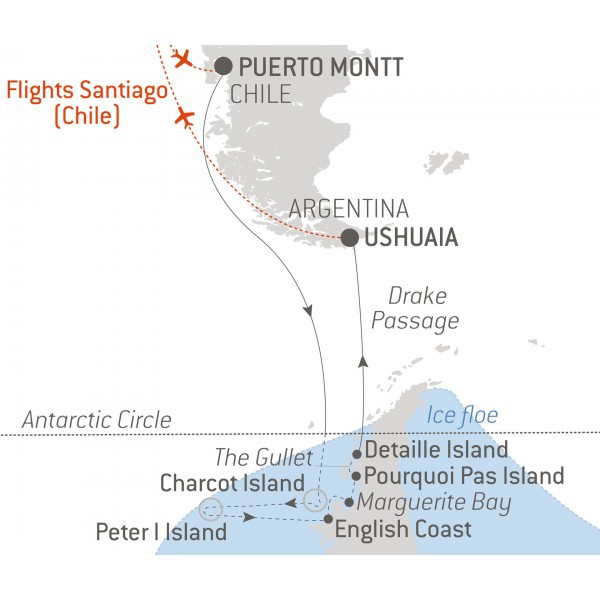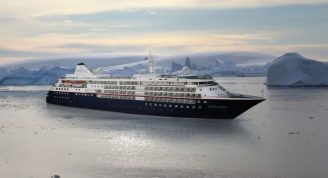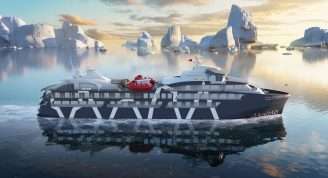Description
Beyond Peter I Island and Charcot Island, this exceptional cruise will take you into the heart of the Bellingshausen Sea.
Named in honour of the Russian admiral and explorer who discovered Antarctica in 1820, this sea in the Southern Ocean, covered by ice floe most of the time, is hard to reach and practically unexplored.
But the reward lives up to the challenge: gigantic colonies of emperor penguins, a unique species endemic to the Antarctic and almost never observed, live here. This animal, elegant and majestic, is the promise of emotional encounters.
In this season, as winter gradually gives way to the austral spring, the chicks, only a few weeks old, become independent and gather in immense “creches”: a magical spectacle to which you will be privileged witnesses.
Please note: your voyage rates include Overnight in Santiago + flight Santiago/Puerto Montt + transfers + flight Ushuaia/Santiago.


